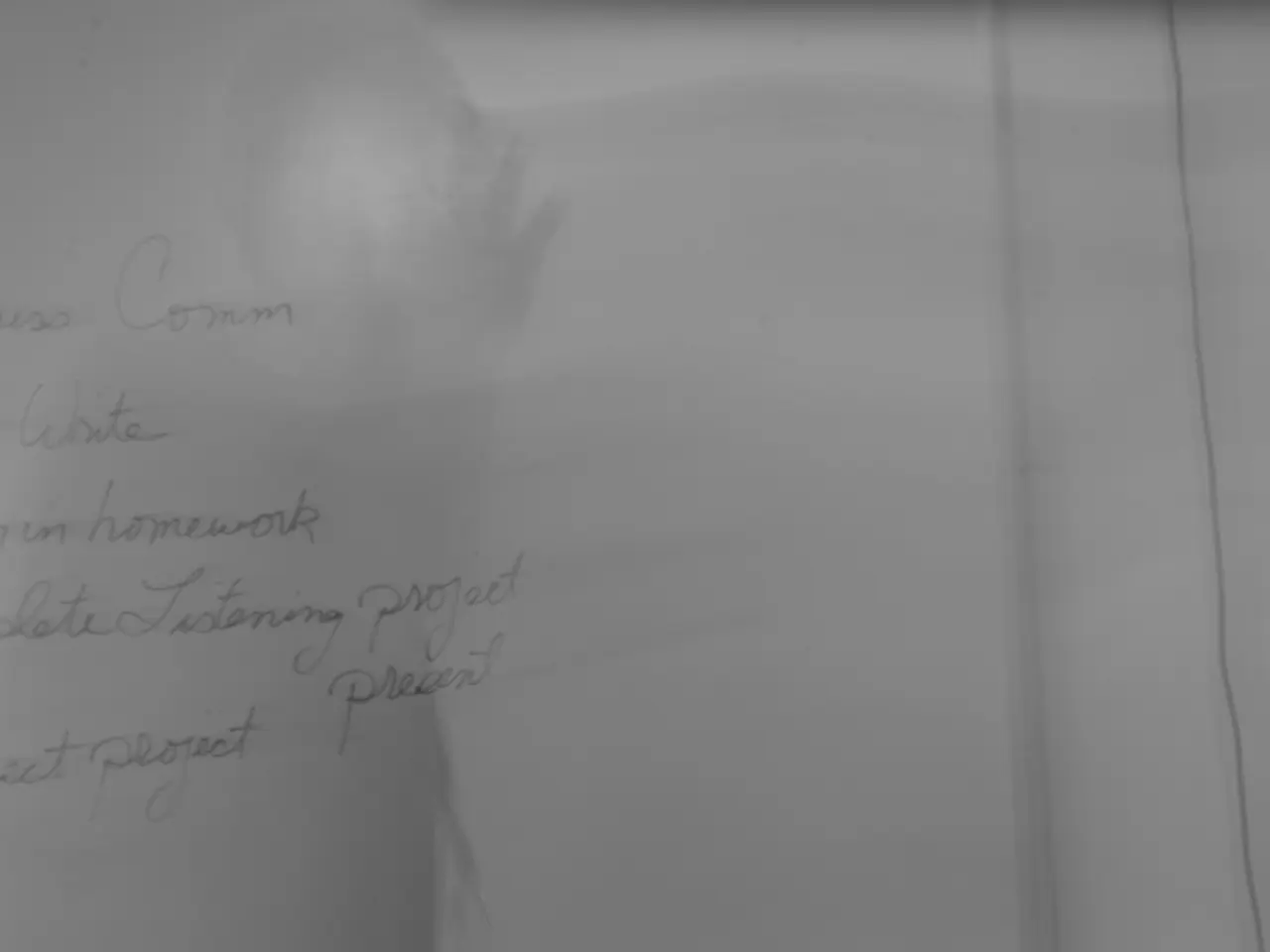Titillating Misconceptions of Science - Where Intellectuals Went Astray
Inaccuracies in Scientific Findings - scholarly research proved to be incorrect in this case. - Incorrect Findings in Science - Scholars' Conclusions Prove Inaccurate
Being human comes with the odd tendency to err. Even the sharpest minds can lose their way in theories that eventually crumble like houses of cards, or simply miss the forest for the trees. "I haven't failed. I've just found 10,000 ways that won't work," quipped the American innovator Thomas Edison, known for his groundbreaking work in electricity. He did more than fine-tune the light bulb; he also made it suitable for home use and connected New York to the first power grid.
While many inventions never reached their full potential due to their creators abandoning the project midway, Edison persisted. "Most of my ideas originally belonged to people who didn't bother to develop them further," he observed, shunning defeat and instead using setbacks as stepping stones to progress. Over his lifetime, Edison filed a whopping 1,093 patents. Some of these inventions truly transformed the world.
Sometimes, an idea should remain just an idea. Sometimes a theory is not just unproven, but simply flawed. And sometimes a mistake is just that—a mistake. So here's a peek into sunlight-rendered theories—strident, sometimes laughable, but always intriguing—from the realm of science and beyond.
More Graphic Illustrations
- Misconception
- Thomas Edison
- Fundamental Error
- Clitoris
- Automobiles
Enriching Background on Misconceptions
The human brain is wired to create explanations, seeking patterns that often lead to the development of theories. However, these theories can sometimes be based on incomplete or incorrect information, leading to misconceptions. Here are a few examples:
- Thomas Edison and Steampunk Dilemmas: The popular myth that Thomas Edison single-handedly invented the electric car is a simplified version of the truth. Edison made significant strides, but his work should be viewed in the context of broader developments in battery technology and automobile design.
- The Phlogiston Fantasy: In the 17th and 18th centuries, scientists assumed that fire involved a fire-like substance called phlogiston, which was expelled during combustion. This concept was disproven by Antoine Lavoisier following his experiments on combustion.
- The Great Chain of Being Unchained: Historically, many scientists subscribed to a hierarchical understanding of nature, called the Great Chain of Being, positioning humans between animals and angels. This notion was debunked by the theory of evolution.
- Fermentation Follies: Long after the facts were known, it was believed that living organisms could spontaneously generate from non-living matter. The idea of biogenesis, first proposed by Lazarus Spallanzani, was championed by Louis Pasteur to refute the theory of spontaneous generation.
- A world Flat-out False: Despite widespread belief, medieval people were not wholly confined to the idea of a flat Earth. Most educated individuals in the Middle Ages knew the Earth was spherical.
- Madame Curie's Widget of Death: The story of Marie Curie's untimely death due to radiation poisoning is often overdramatized. Curie died from anemia, likely caused by prolonged exposure to X-rays during World War I and ionizing radiation from her research.
- Detroit Factories and Henry Ford: While credited with mass-producing automobiles, Henry Ford's achievement should be contextualized. The notion of mass production had been in development since the Industrial Revolution, and Ford contributed significantly to improving and popularizing production methods.
- Röntgen's Radiological Discovery: Although widely believed that Wilhelm Conrad Röntgen discovered X-rays by accident, the truth is that he was experimenting with cathode rays when he stumbled upon X-rays.
- Sharks: Nature's Underrated Saviors: Often perceived as ruthless killers, sharks are vital for maintaining the health of marine ecosystems by balancing the food chain.
- The Invisible Wall: While it's tempting to believe that the Great Wall of China is visible from space, it's not. Lacking the necessary size and contrast, it is not visible to the naked eye and can only be seen with telephoto lenses.
- Bonaparte's Inch-Props: Napoleon Bonaparte was neither gigantic nor particularly short for his time. He measured around 5 feet 6 inches—slightly above average height for a Frenchman in the 18th century.
- The Genesis of the Cosmos: One of the most common misconceptions about the Big Bang Theory is that it originated from a single explosion. In reality, the Big Bang is better understood as the expansion of the universe itself[5].
Misconceptions are a fascinating aspect of human history and the development of knowledge. They demonstrate the creative potential of the human mind, the inevitability of errors, and the consequent trajectory of human understanding.
"While Thomas Edison is often celebrated for inventing the electric car, it's essential to consider his work in the broader context of developments in battery technology and automobile design."
"Another notable instance of a misconception, rooted in health-and-wellness, is the misperception that sharks are ruthless killers. In fact, sharks play a crucial role in maintaining the balance of marine ecosystems by controlling the food chain."








